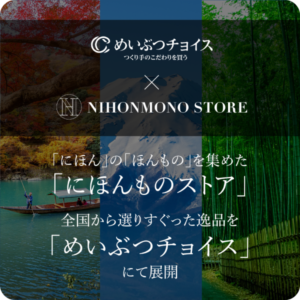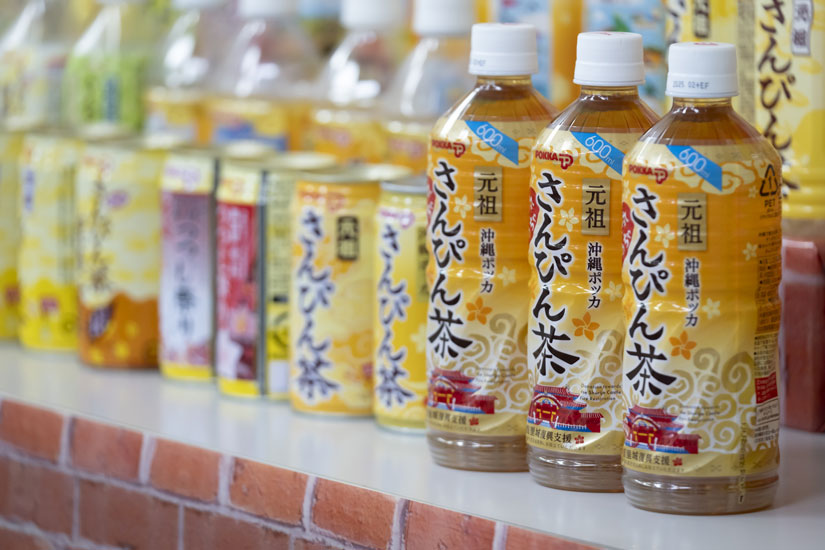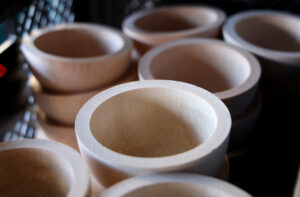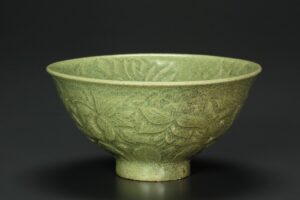Do you know “San-Pin Tea”? It is the most familiar tea for Okinawans, having been consumed on a daily basis since the days of the Kingdom of the Ryukyus. How did sanpin-cha come to be consumed in Okinawa about 500 years ago? And what is the secret behind the delicious taste of Okinawa Pokka Corporation’s “Ganso Okinawa Pokka Sanpin-cha”?
San-Pin Tea Culture Takes Root in Okinawa
How many people know what kind of tea it is when they hear the word “sanpin-cha”? From the main island to the outlying islands, sampincha is a familiar tea to Okinawans. In Okinawa, green tea is not a daily drink like in mainland Japan, and sampincha has been consumed in every household for a long time.
San-Pin” refers to jasmine, which grows in tropical and subtropical regions. Jasmine has pretty white flowers that grow in tropical and subtropical regions. The tea is richly fragrant, refreshing, and has a slightly bitter taste. In fact, many people are unaware that jasmine tea and sampincha are the same drink, only they have different names.
Okinawa was a country called Ryukyu Kingdom for about 450 years from 1429. It is said that San-Pin-Cha was brought back to the Ryukyu government by a company called Ryukyu Trading from China, where trade was thriving at that time, and that is how it became widespread in the Ryukyu Islands.
In China, jasmine has been widely cultivated from ancient times to the present, and is one of the most mass-produced teas in the country. In China, jasmine is also called matsurika, but it is more often referred to as xiangping, which is pronounced as “san-pin” in Ryukyu, and since then it has become popular as san-pin tea.

Okinawa Pokka Corporation is a wholesaler and distributor of beverages such as tea, coffee, juice, and instant foods. Okinawa Pokka Corporation, which was the first company to sell San-Pin Tea in cans, began in 1989 when a representative of Pokka Corporation (now Pokka Sapporo Food & Beverage), headquartered in Nagoya, established an Okinawa sales office and one of its employees went there.
In order to develop Pokka Corporation’s products in Okinawa Prefecture, a factory was set up in the northern part of the main island of Okinawa, where canned coffee and other beverages, one of Pokka Corporation’s main products, would be manufactured. However, they wondered if they could create something unique to Okinawa. He decided to sell the canned San-Pin-Cha, saying, “Okinawa has San-Pin-Cha,” and he decided to sell it as a canned product.
At the time, sampin-cha leaves imported from China were widely available in the prefecture, and each household and workplace brewed sampin-cha in a teapot and drank it. The culture of taking a kettle full of boiled sampin-cha tea with you when you went out to work in the fields was deeply rooted in the local culture.
San-Pin Tea in a can, which many people advised not to sell.
Would they go to the trouble of putting it in a can, cooling it down, and then paying money to buy it? Most of the local people responded, “No one would buy that” or “It won’t sell. As expected, however, it did not sell at all at first, and the product gradually spread through tastings held at various places.
They even handed it out free of charge to cab drivers waiting for customers at Naha Airport to have them drink it. Thanks to such steady promotional activities, the product was recognized for its taste and convenience, and the number of people who picked it up gradually increased. It was not until five years after its launch in 1993 that the product really began to sell well.

In 1994, TV commercials began airing, accelerating its popularity. Following the canned product, a PET-bottled version of San-Pin Tea was also created.
Even today, sampin-cha leaves are sold in supermarkets in Okinawa Prefecture, but it is thought that the number of households that brew sampin-cha in a kyusu (Japanese teapot) and drink it in a cup is quite small.
Special-grade tea leaves produced by a traditional Chinese process
The base of San-Pin-Cha is made from green tea leaves. The fermentation of the tea leaves is stopped halfway through the fermentation process, and the tea leaves are then flavored with jasmine flowers to create sampincha. Like oolong tea, it is classified as a semi-fermented tea.
In the traditional Chinese method of making San-Pin tea leaves, fresh jasmine flowers are mixed with semi-fermented green tea leaves to transfer the aroma. Once the flowers are removed, new flowers are added to the tea to add fragrance. The more times this process is repeated, the more fragrant the sanbin tea leaves become.

As Toshinori Otake, manager of the sales section of the sales department, says, “A strong astringency is the key to Pokka’s san-pin tea,” the key to san-pin tea’s deliciousness is the aroma of jasmine and a slight bitterness. It is not only refreshing, but also has a deep flavor with bitterness.

Yoshihiro Kitamura, president and representative director (at the time of the interview), says, “We will not sell at a discount, but will firmly maintain the taste that has been loved by the people of the prefecture for many years.
Although many companies are selling San-Pin Tea as a product, no one has registered it as a trademark. When Okinawa Pokka Corporation first started selling canned sanpin-cha, there was some discussion about whether or not to register it, but they decided not to because sanpin-cha is a common noun, just like green tea and oolong tea.
Later, a mainland company applied for and received a trademark registration under the name San-Pin-Cha, but in an effort to protect the dignity of Okinawa’s history and culture, Okinawa Prefecture and the Okinawa Prefecture Tea Association filed an objection with the Patent Office and had the registration canceled.
Okinawa Pokka Corporation will continue to sell its products only in Okinawa Prefecture.

Okinawa Pokka Corporation does not sell San-Pin Tea outside of Okinawa Prefecture. And they have no plans to expand outside of Okinawa in the future.
The image of “San-Pin Tea = Okinawa” has become somewhat common throughout the country, and the number of people picking up San-Pin Tea as a souvenir has increased, but the percentage of purchases by Okinawans is overwhelmingly high.
If this is the case, the idea is to focus on pursuing a taste loved by Okinawans, rather than forcibly expanding sales channels.
In addition, there are still some places in Okinawa, such as small remote islands, where the product is not yet being delivered, so the current goal is to increase the number of sales outlets to reach all parts of the prefecture.
Okinawa Pokka Corporation’s San-Pin Tea, which has enjoyed unwavering support in Okinawa for a long time, will continue to maintain its beloved taste and continue to be a tea that will be familiar to the people of Okinawa for years to come.
In today’s world, where new products are being created one after another, San-Pin-Cha has remained true to its timeless style. It is because it is universal that it is accepted by the Okinawans and has become a natural part of their daily lives.







